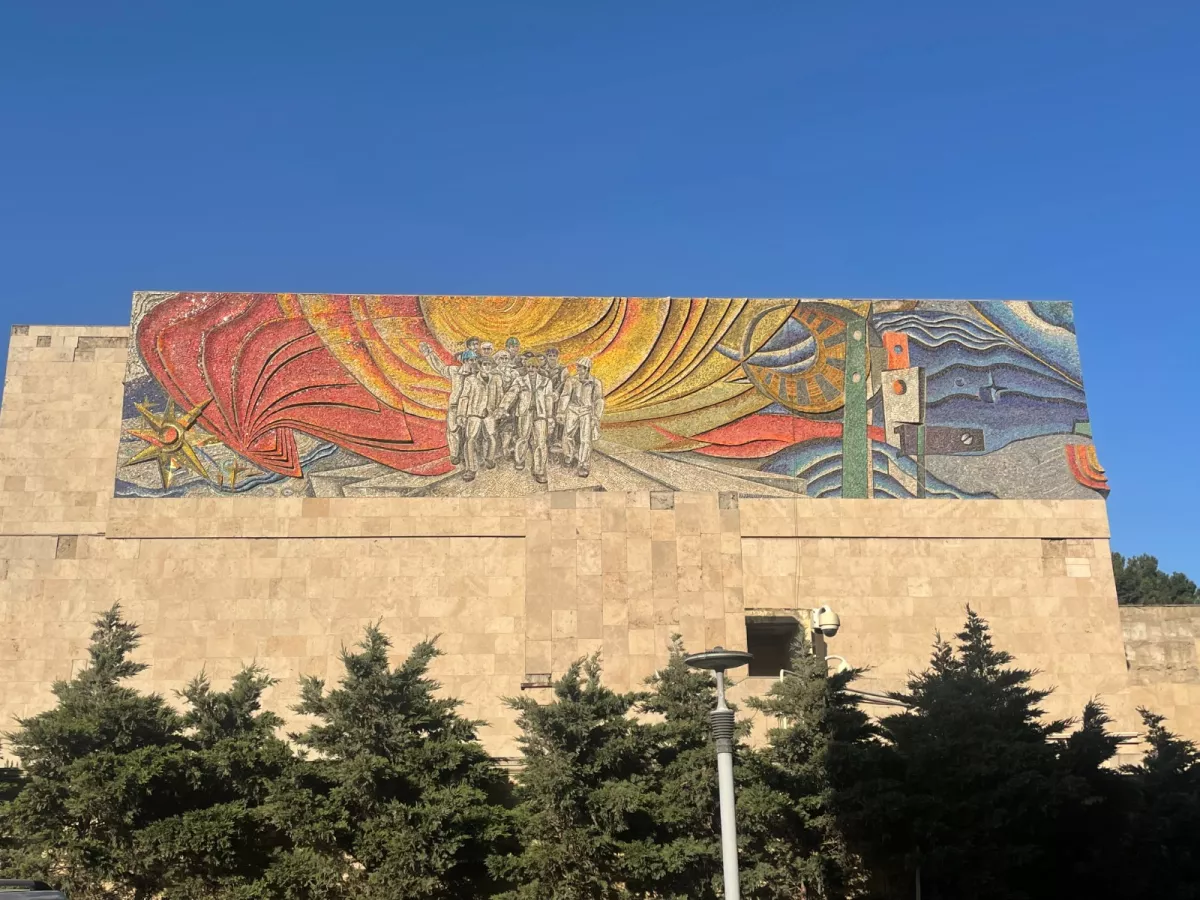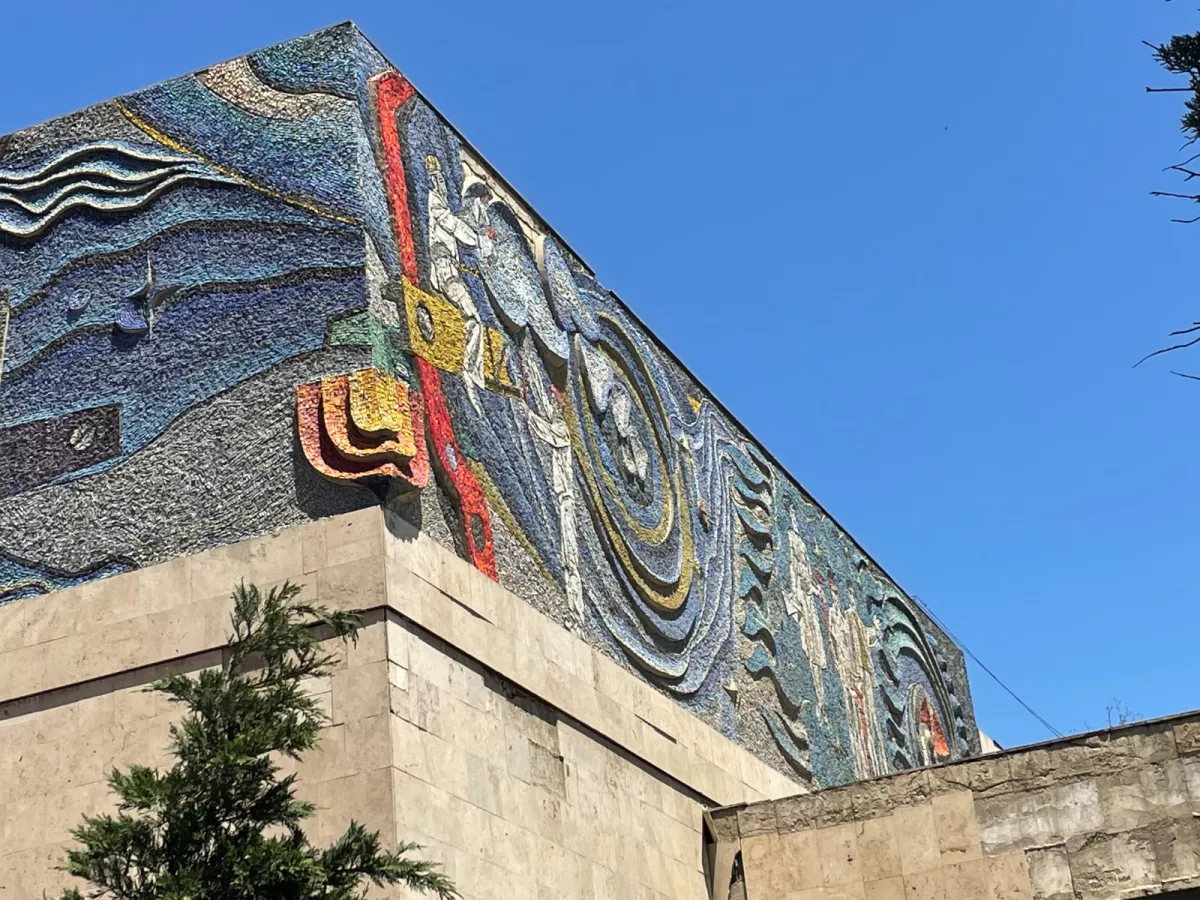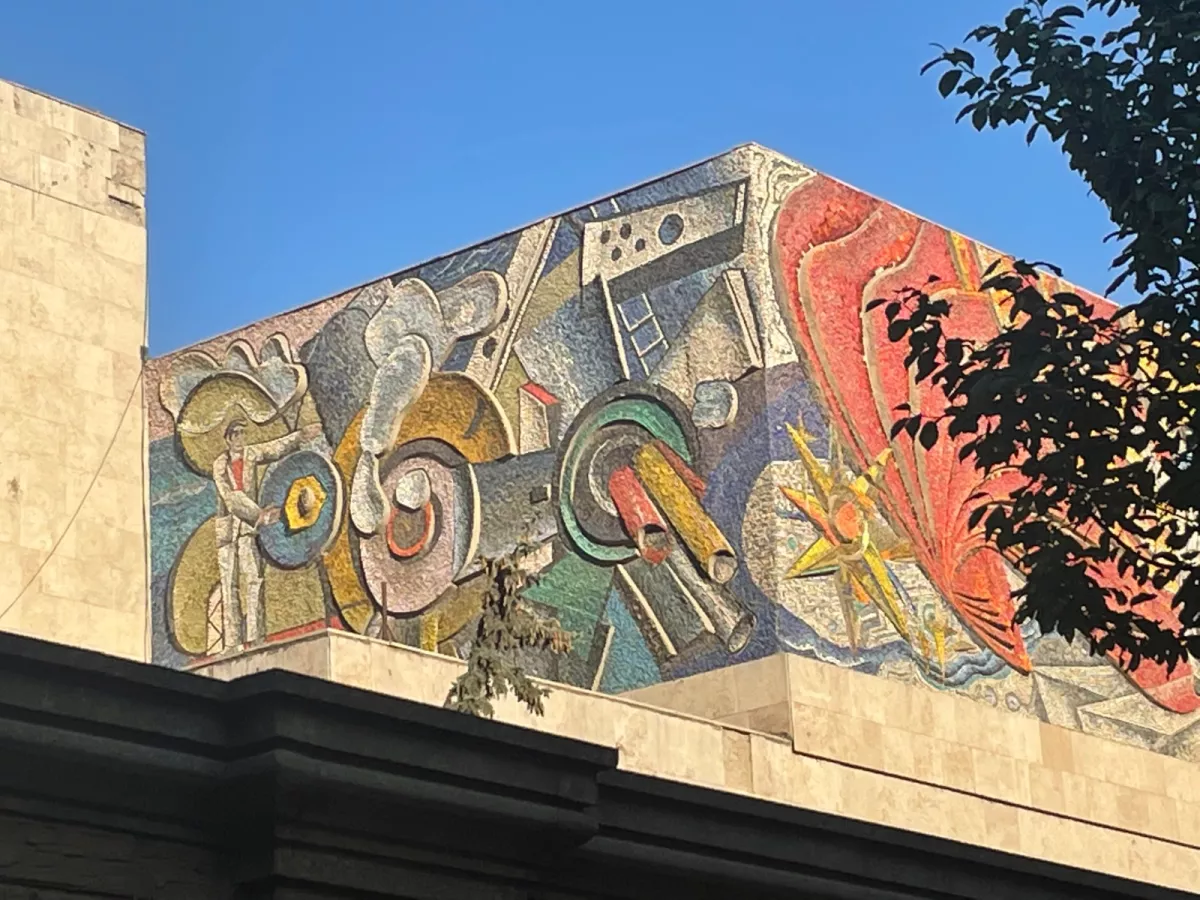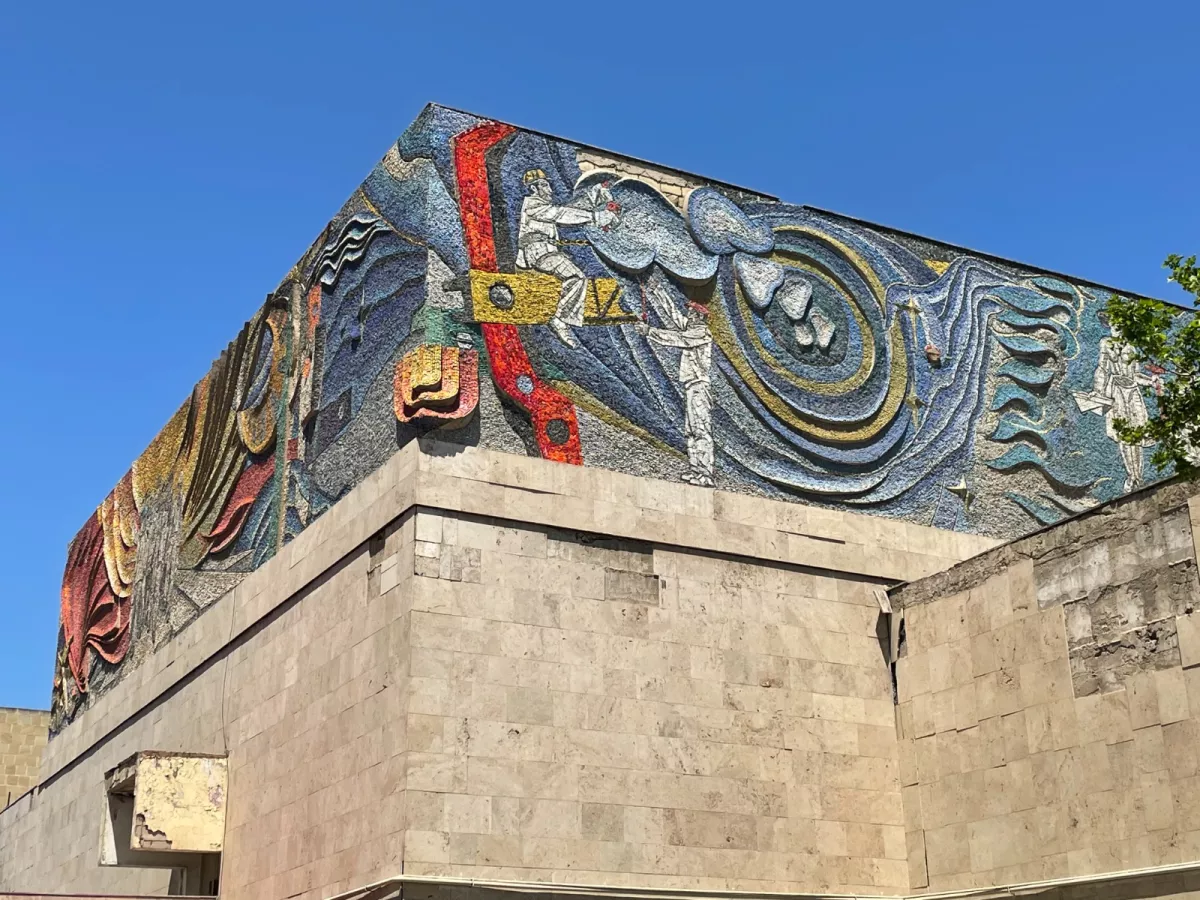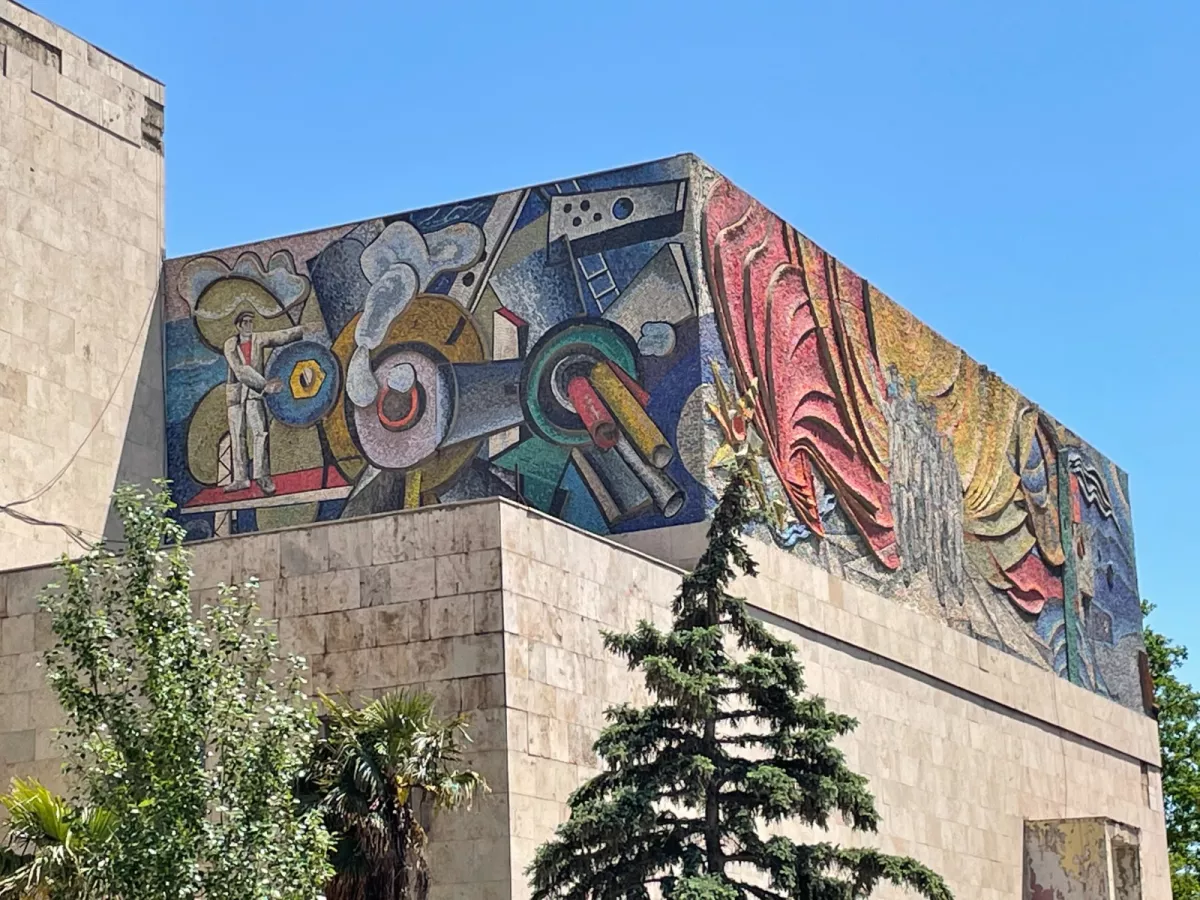When art met industry: The story of Baku’s Air Conditioner Factory mosaic A historical journey on Caliber.Az
The word "mosaic" evokes a sense of luxury and elegance. It comes from the Latin musivum, meaning "dedicated to the muses." Mosaic is one of the oldest techniques for creating artistic images and decorative patterns. This method involves assembling images from numerous small pieces of hard materials, fixed onto a surface. In art, the term refers both to the process itself and to the finished works created in this way.
The art of mosaic emerged in ancient civilisations that sought to adorn their homes and public spaces. The classical period brought a flourishing of mosaic art, while in Byzantium it took on a sacred character, adorning cathedrals and palaces. During the Renaissance and Art Nouveau periods, the mosaic was enriched with new techniques and materials, reflecting the spirit of the times.
During the Soviet period, mosaic art experienced a new wave of flourishing. Mosaic panels became an integral part of public spaces—adorned building facades, metro stations, schools, and other institutions. In Azerbaijan, starting from the 1960s, mosaics were actively incorporated into the urban architectural environment, adding vibrancy and character to the cityscape.
Azerbaijan developed its own unique school of mosaic art, where national artistic traditions were harmoniously blended with Soviet styles and ideological themes. The subject of labour, national heritage, and the achievements of the Azerbaijani people were vividly reflected in these works, which have since become true masterpieces.
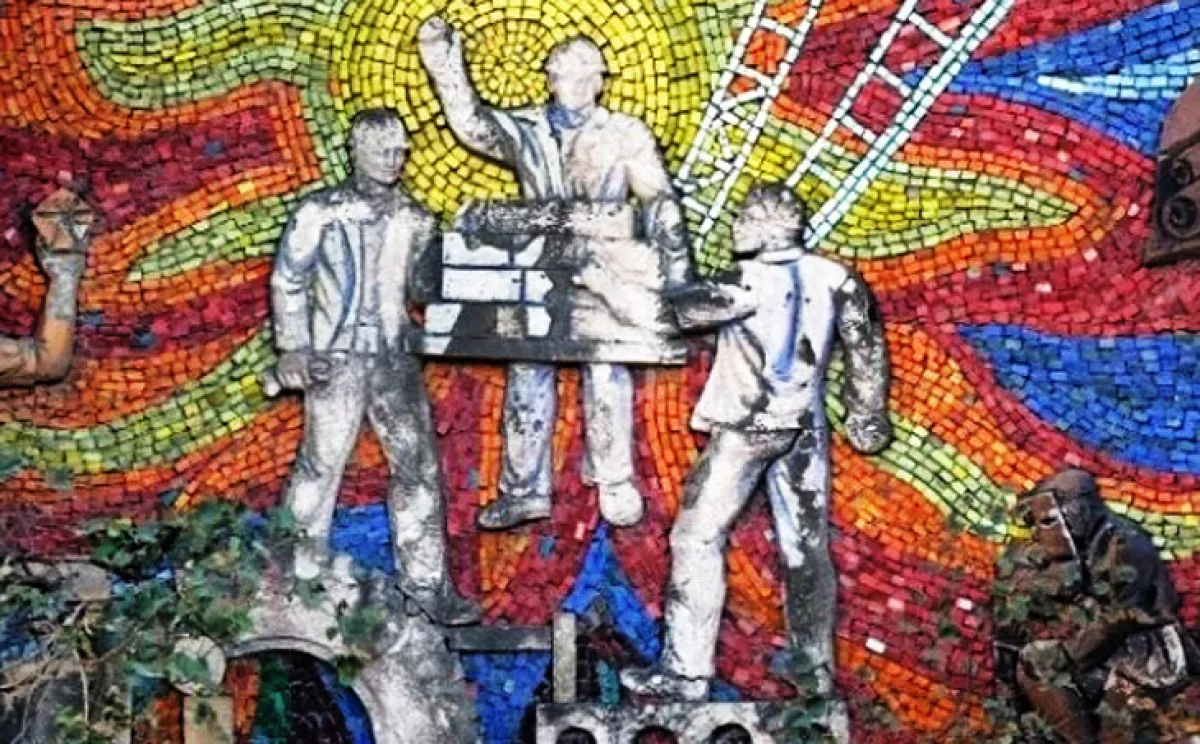
As you stroll through the streets of Baku and other cities, it is impossible not to notice the works of art that capture attention and inspire admiration. Each mosaic panel is not merely a decorative element, but an important part of the cultural heritage—preserving and conveying the aesthetic of its time while enriching the visual landscape of the city.
One of the most renowned and significant mosaics, which has become a symbol of its era, is the mosaic on the Baku Air Conditioner Factory. This vivid piece of art not only adorns the building’s façade but also embodies the spirit of the age, reflecting the pursuit of progress and industrial development.
The factory was the first in the USSR to produce household air conditioners, marking a major milestone in the development of domestic industry. Construction began in September 1973, and the plant was officially launched on December 25, 1975. Its architecture stood out with a modern and functional approach, and the building was crowned with a stunning mosaic symbolising the progress and technological excellence of that period.
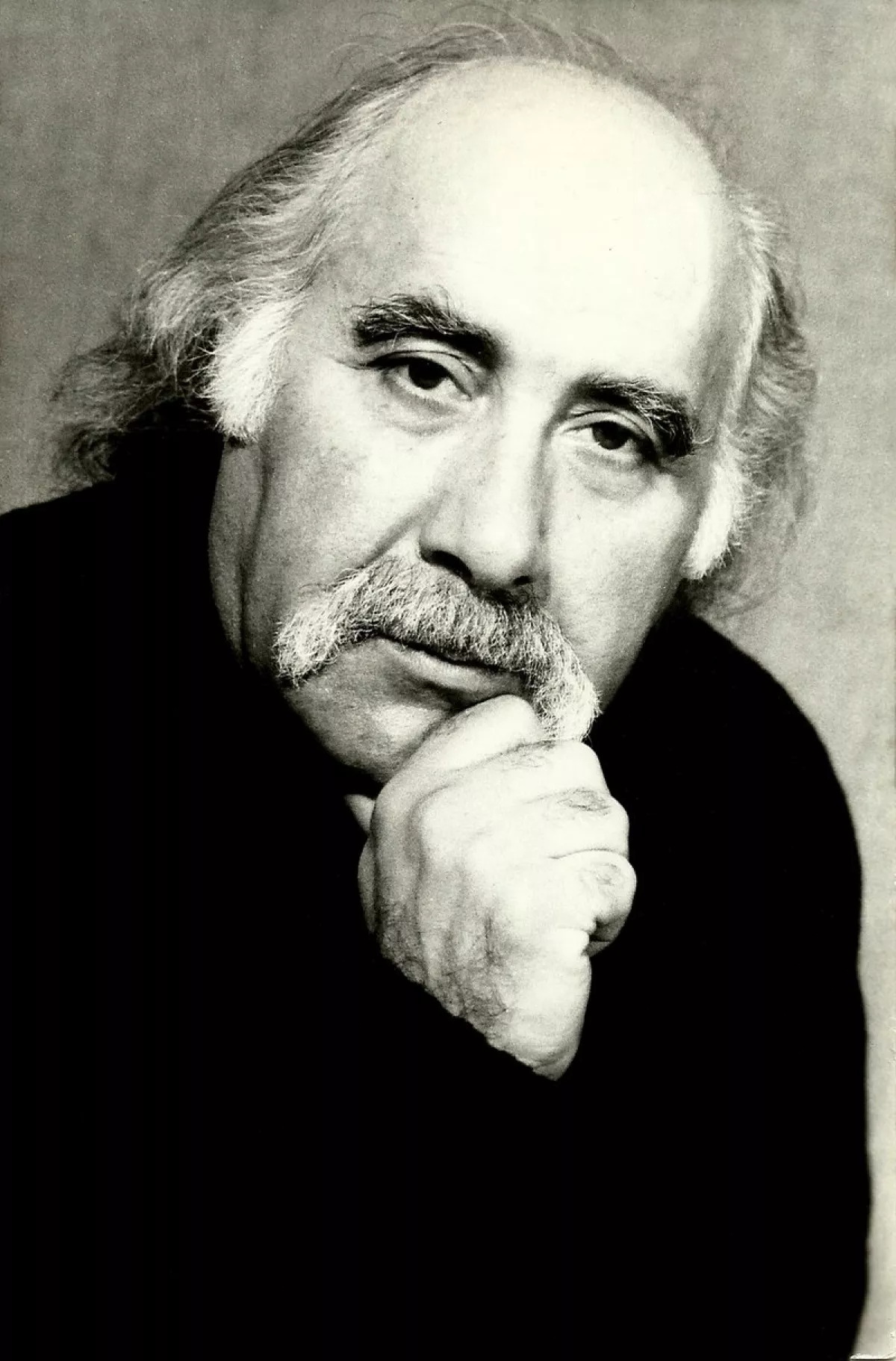
The mosaic was created by renowned artist Ogtay Shikhaliyev in collaboration with Hajibala Rajabov. Their work reflects the theme of the working class and scientific-technological progress.
The artists aimed to convey the specific purpose and character of the enterprise, which made the panel especially meaningful and expressive. The mosaic depicts industrial processes and the labour of workers, demonstrating how effectively information and emotion can be communicated through abstract imagery.
The artists’ concept captures both technological progress and the human contribution to the advancement of science and industry. It showcases the creators’ high level of craftsmanship and creativity, resulting in a striking and expressive work of art. The vivid colours and prominent placement of the mosaic on the upper section of the building make it particularly eye-catching and appealing to viewers. This mosaic panel has become one of the most iconic artworks in Baku, standing out for its originality and artistic vision.
Today, mosaic art in Azerbaijan is not only a part of the nation’s history but also a living tradition. Many mosaic panels have been restored to preserve them for future generations. At the same time, contemporary artists continue to create new mosaics, drawing inspiration from both ancient traditions and modern artistic trends. Mosaic in Azerbaijan has not only enriched the country’s architectural landscape but has also become a symbol of its cultural heritage—worthy of recognition on the global stage.
Vahid Shukurov, exclusively for Caliber.Az




